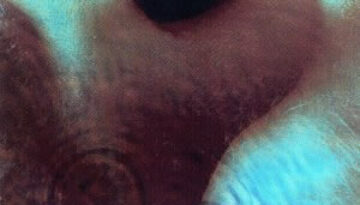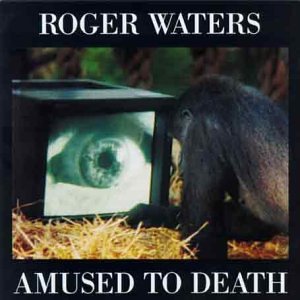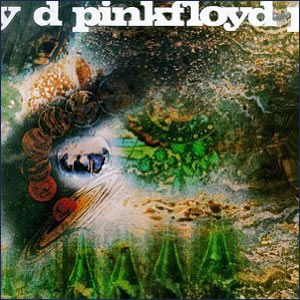Meddle by Pink Floyd
Buy Meddle In 1967, Pink Floyd released their debut album, The Piper at the Gates of Dawn, a fantastic work led by the talented songwriting of lead singer & guitarist Syd Barrett. That […]

Buy Meddle In 1967, Pink Floyd released their debut album, The Piper at the Gates of Dawn, a fantastic work led by the talented songwriting of lead singer & guitarist Syd Barrett. That […]

Buy Animals One of the more underrated classic albums, Pink Floyd‘s Animals is set up like an epic movie with three self-contained sub-chapters and sub-plots that somehow all tie together in the end. […]

Buy Amused to Death For what turned out to be his final solo studio album (to date, 20 years and counting), Roger Waters composed a complex (and often confused) concept album called Amused […]

Buy A Saucerful of Secrets A Saucerful of Secrets is the only album by Pink Floyd to feature all five group members. This was due to the album being recorded before (late 1967) […]